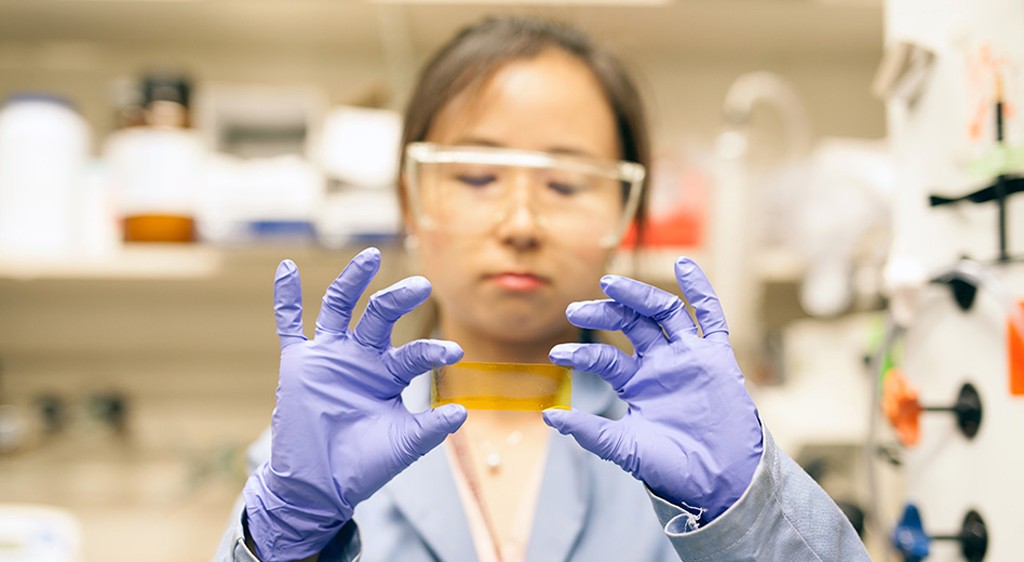MIT develops battery to store thermal energy for hours
By EPR Magazine Editorial December 8, 2017 12:37 pm IST
By EPR Magazine Editorial December 8, 2017 12:37 pm IST

MIT researchers create material for a chemical heat “battery” that could release its energy on demand.
Researchers at MIT have developed a new chemical composite that could be used to store heat from the sun or any other source during the day in a kind of thermal battery, and it could release the heat when needed, for example for cooking or heating after dark.
A common approach to thermal storage is to use what is known as a phase change material (PCM), where input heat melts the material and its phase change — from solid to liquid — stores energy. When the PCM is cooled back down below its melting point, it turns back into a solid, at which point the stored energy is released as heat. There are many examples of these materials, including waxes or fatty acids used for low-temperature applications, and molten salts used at high temperatures. But all current PCMs require a great deal of insulation, and they pass through that phase change temperature uncontrollably, losing their stored heat relatively rapidly.
Instead, the new system uses molecular switches that change shape in response to light; when integrated into the PCM, the phase-change temperature of the hybrid material can be adjusted with light, allowing the thermal energy of the phase change to be maintained even well below the melting point of the original material.
The finding was by MIT postdocs Grace Han and Huashan Li and Professor Jeffrey Grossman.
“The trouble with thermal energy is, it’s hard to hold onto it,” Grossman explains. So his team developed what are essentially add-ons for traditional phase change materials, or, “little molecules that undergo a structural change when light shines on them.” The trick was to find a way to integrate these molecules with conventional PCM materials to release the stored energy as heat, on demand. “There are so many applications where it would be useful to store thermal energy in a way let you trigger it when needed,” he says.
The researchers accomplished this by combining the fatty acids with an organic compound that responds to a pulse of light. With this arrangement, the light-sensitive component alters the thermal properties of the other component, which stores and releases its energy. The hybrid material melts when heated, and after being exposed to ultraviolet light, it stays melted even when cooled back down. Next, when triggered by another pulse of light, the material resolidifies and gives back the thermal phase-change energy.
We use cookies to personalize your experience. By continuing to visit this website you agree to our Terms & Conditions, Privacy Policy and Cookie Policy.